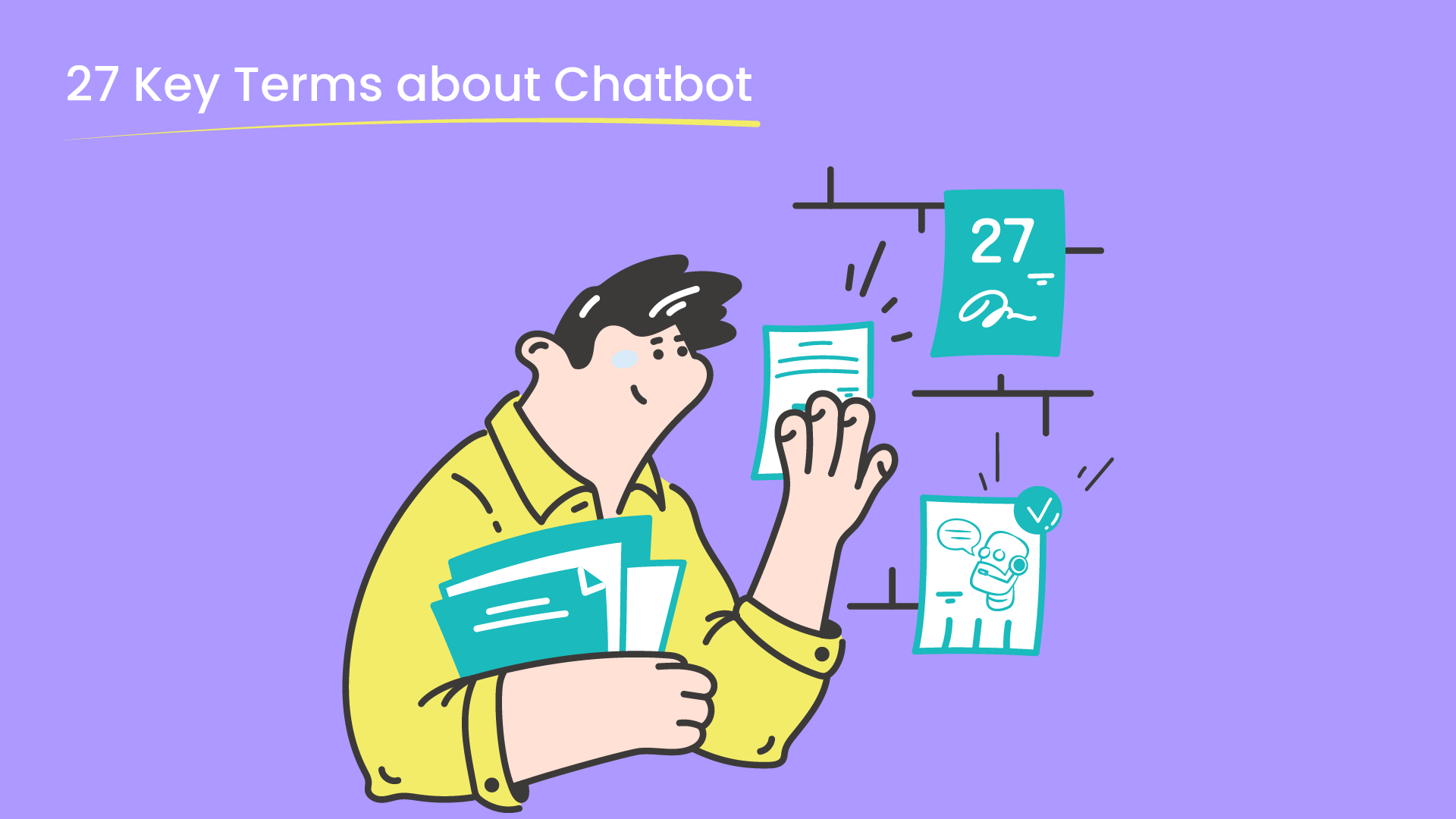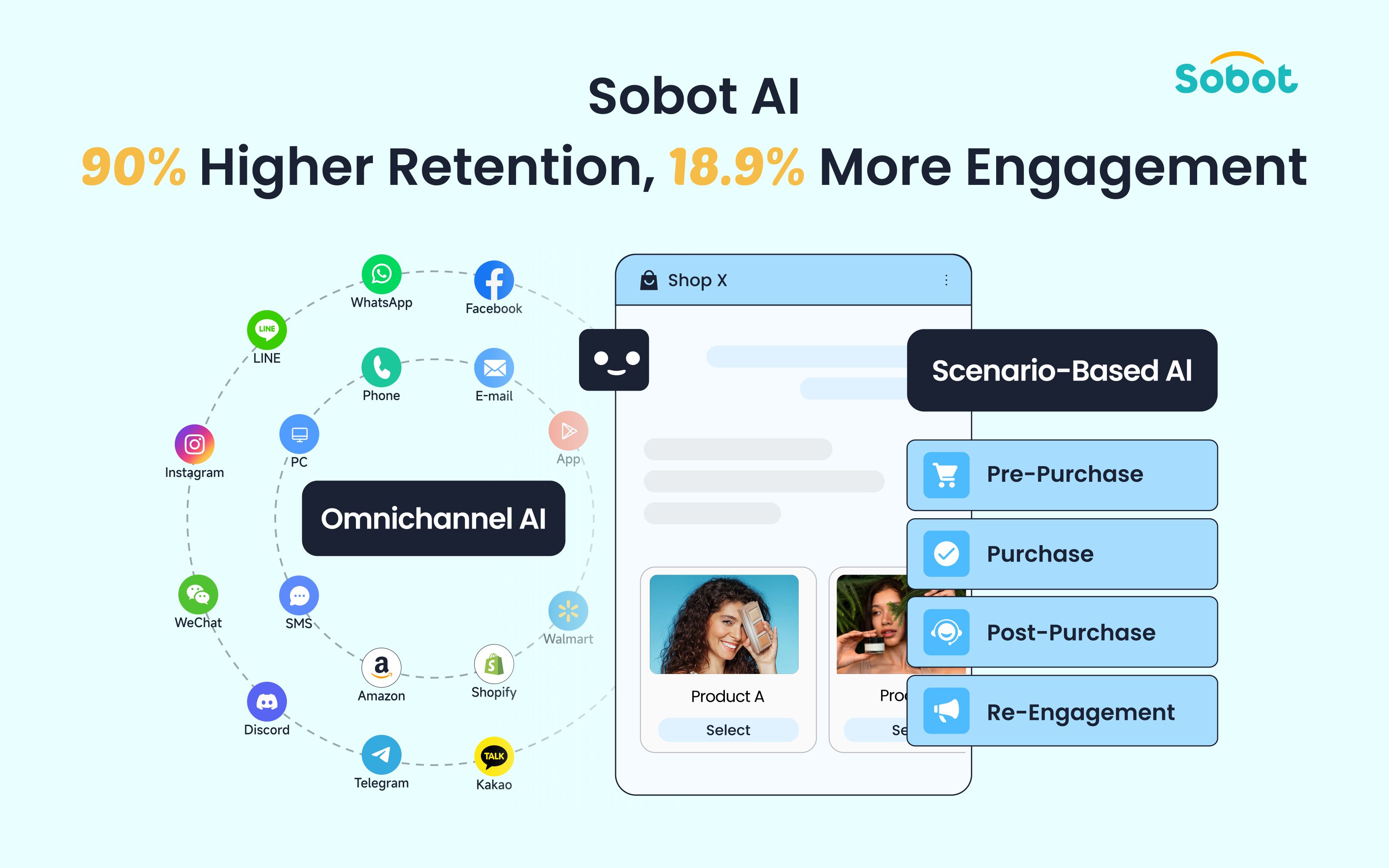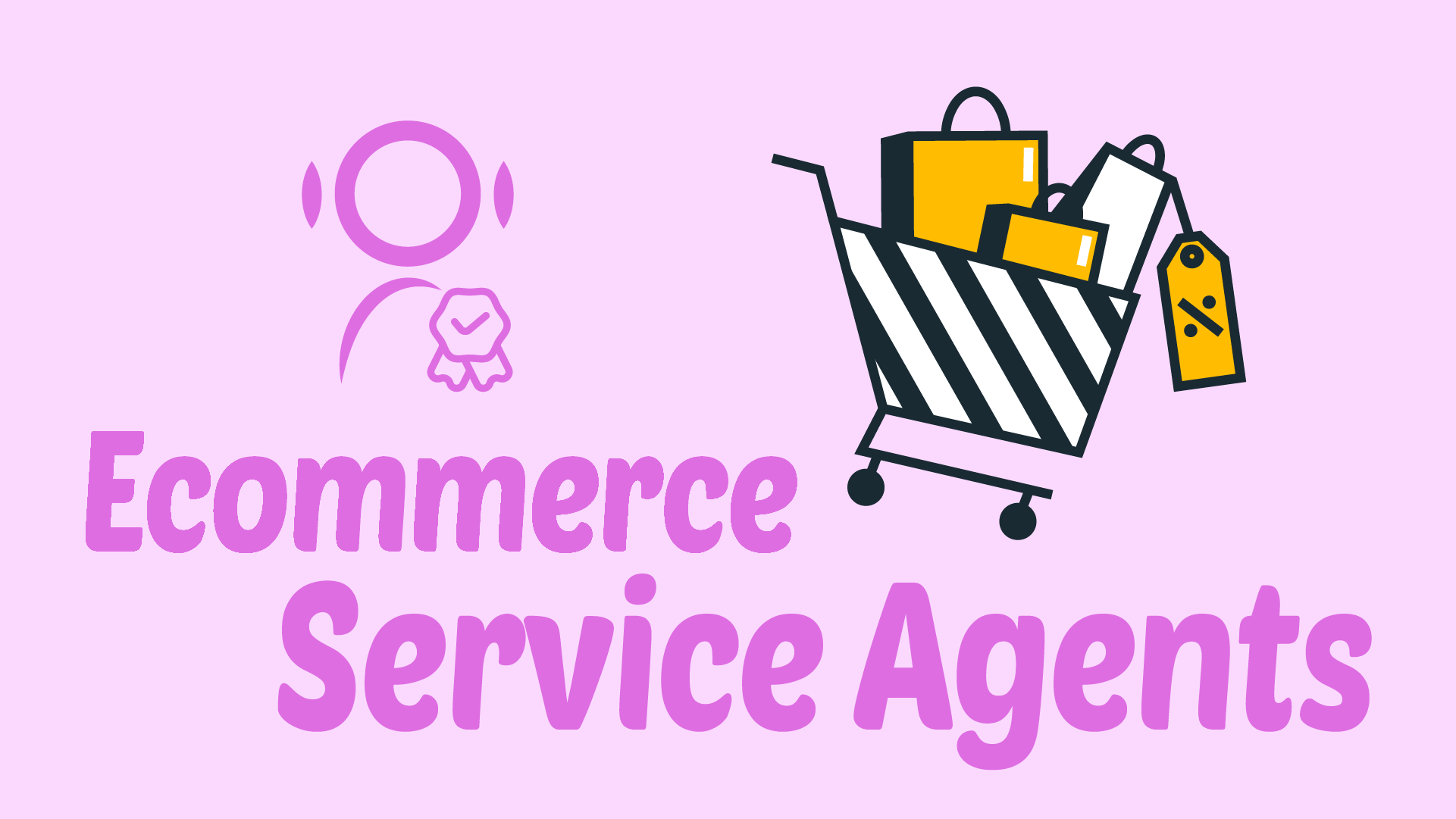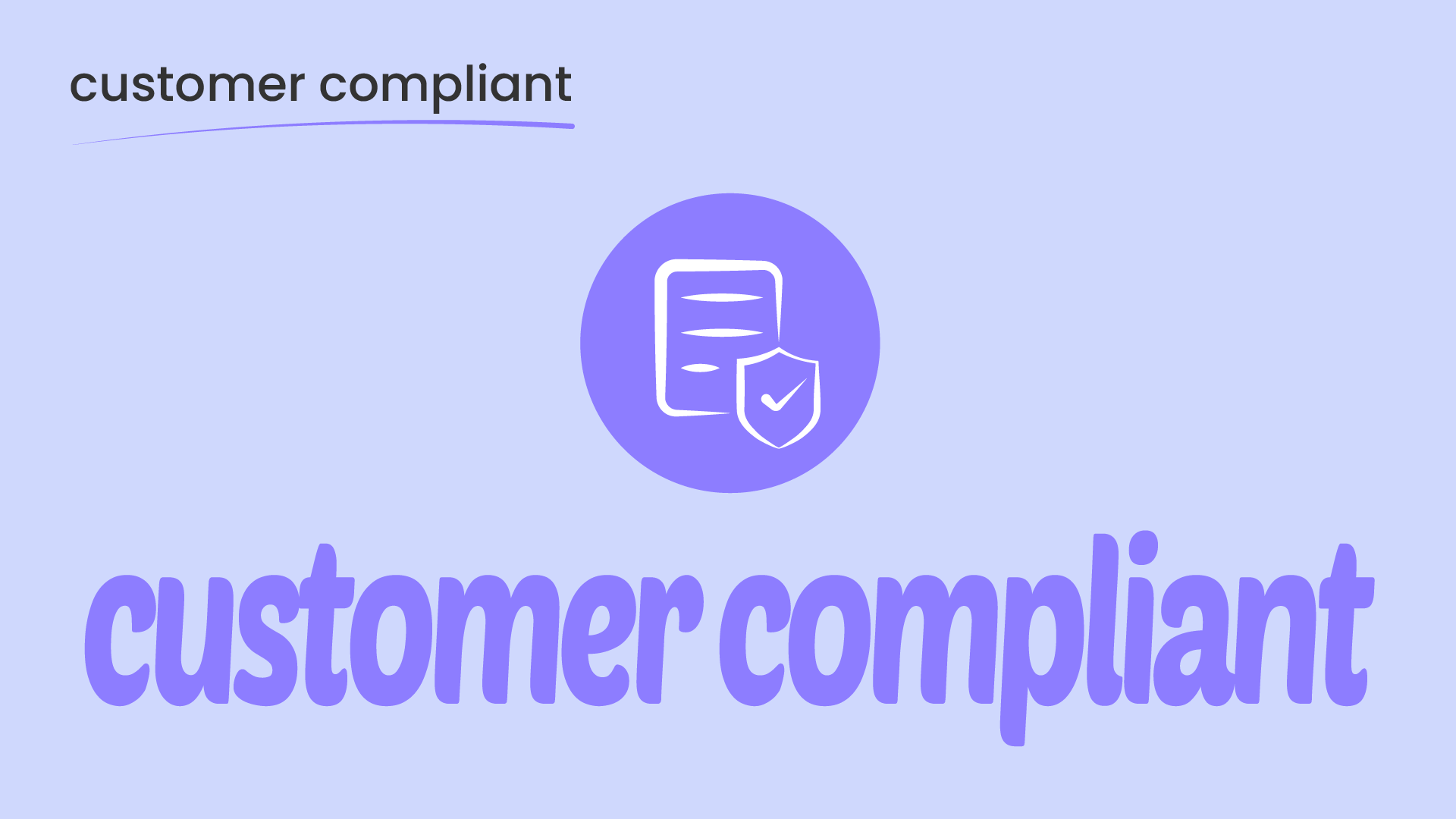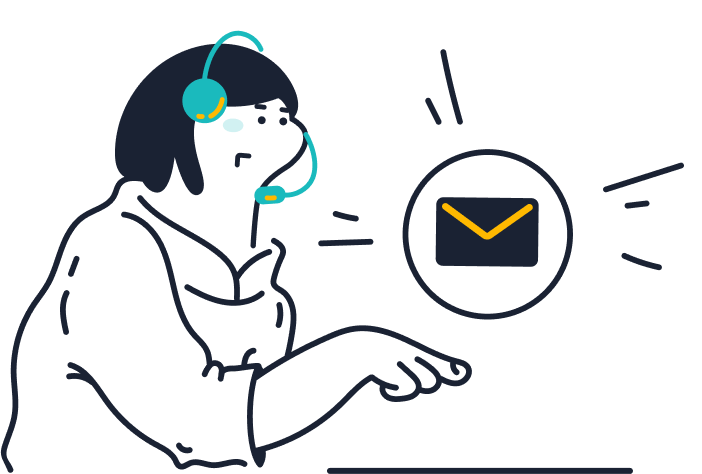Introduction
Chatbots have become a game-changer in customer service, marketing, and various business processes. They help automate repetitive tasks, improve customer interactions, and enhance efficiency. However, understanding the terminology behind chatbots is essential for anyone looking to use or develop this technology effectively.
According to a report by backlinko, 69% of customers prefer self-service options like chatbots for simple inquiries.
In this article, we’ll explain 27 crucial chatbot-related terms, giving you a deeper understanding of the components that drive chatbot performance and interaction.
27 Key Terms of Chatbot
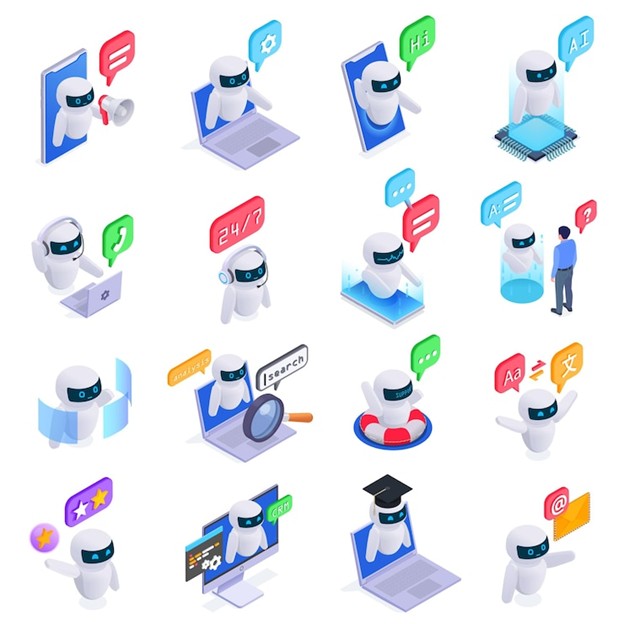
1. Chatbot
A chatbot is an AI-driven software that simulates human conversation through text or voice. Its purpose is to assist users by providing real-time responses to queries, automating tasks like booking, information retrieval, or simple troubleshooting. There are two main types: rule-based chatbots, which follow a predetermined script, and AI chatbots, which use machine learning to adapt to user needs over time. A successful chatbot integrates with messaging platforms, websites, and even mobile apps to deliver seamless communication experiences.
2. AI Chatbot
An AI chatbot goes beyond scripted responses. Powered by artificial intelligence, it learns from past interactions, adapts to new inputs, and improves its responses over time. AI chatbots are typically built using machine learning algorithms and natural language processing (NLP) techniques. These chatbots can handle complex queries, analyze user sentiment, and provide personalized recommendations based on past interactions or user data.
3. Natural Language Processing (NLP)
NLP is a key technology that enables chatbots to understand and generate human language. Through NLP, a chatbot can analyze the words, syntax, and meaning behind user input, allowing it to provide accurate and contextually relevant responses. It is crucial in transforming unstructured text into actionable data, enabling chatbots to process inquiries in a conversational manner. NLP also includes sentiment analysis, helping chatbots understand the user’s emotional tone, which influences response formulation.
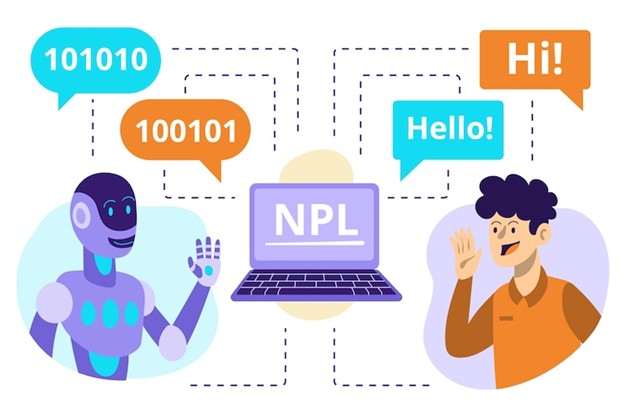
4. Natural Language Understanding (NLU)
NLU is a branch of NLP that focuses on enabling chatbots to comprehend the intent and entities within a user’s message. For instance, in a request like “Book a flight to Paris for tomorrow,” the intent is to “book a flight,” while “Paris” and “tomorrow” are entities, representing the destination and date, respectively. NLU helps chatbots parse sentences, identify these key components, and respond in a way that meets the user’s needs, improving the accuracy of interactions.
5. Conversational Flow
Conversational flow refers to the structure and sequence in which a chatbot guides the user through a conversation. A well-designed conversational flow ensures that a chatbot engages users in a logical, intuitive manner, leading them from one step to another smoothly. Whether it’s a simple FAQ bot or a complex customer service bot, the flow defines how information is delivered and how the chatbot handles various user scenarios, such as requests, clarifications, or follow-ups.
6. Rule-Based Chatbot
A rule-based chatbot operates on a set of predefined rules and decision trees. It doesn’t have the ability to learn or adapt like AI chatbots. Instead, it follows a series of “if-then” conditions based on the user’s inputs. For example, if a user asks about business hours, the chatbot will provide the information based on a fixed response. Rule-based bots are efficient for simple tasks but lack flexibility for handling more complex or unpredictable conversations.
7. Machine Learning
Machine learning is a type of AI where systems improve their performance by analyzing data and recognizing patterns. In the context of chatbots, machine learning allows them to learn from user interactions and improve over time. For example, the chatbot might learn to identify more intents or refine its understanding of ambiguous user inputs. This learning process enables chatbots to provide increasingly relevant and personalized responses as they encounter more user data.
8. Bot Training
Bot training is the process of feeding a chatbot with sample data, such as conversations and queries, to improve its understanding and response accuracy. Training involves providing both examples and non-examples to help the bot recognize various ways users might phrase questions or requests. For instance, a chatbot trained for customer service may learn to respond to different queries about products, delivery, and support based on the training data provided.
9. Chat Widget
A chat widget is the small interface embedded on websites or apps that enables users to interact with a chatbot. It usually appears as a chat bubble or icon, providing a simple, accessible way for users to initiate a conversation. Chat widgets can be customized to match a website’s design, and many are equipped with features like quick replies or buttons for easy navigation, making it easier for users to get the information they need without navigating away from the page.
10. Omnichannel Support
Omnichannel support refers to a chatbot’s ability to operate seamlessly across multiple platforms. This includes communication channels like websites, social media, mobile apps, email, and messaging platforms such as Facebook Messenger or WhatsApp. By supporting omnichannel interactions, chatbots provide a consistent and integrated user experience, allowing businesses to engage customers wherever they are and maintaining conversation continuity across different channels.
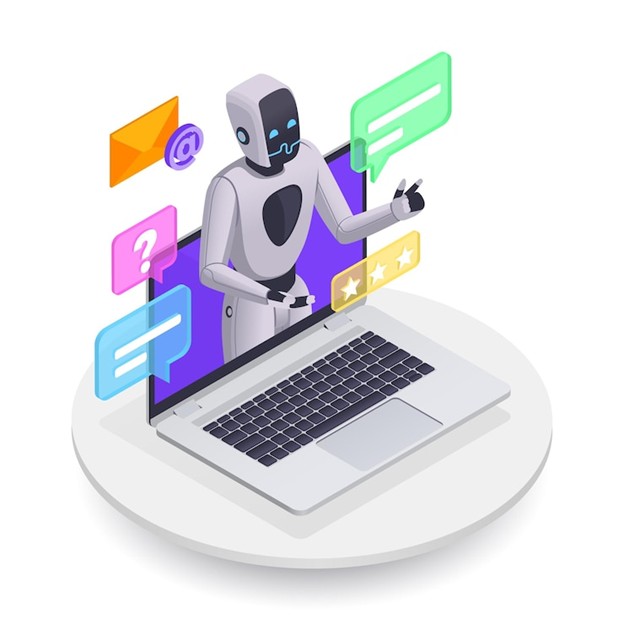
11. Chatbot Script
A chatbot script is a collection of predefined dialogues and responses that dictate how the chatbot should react to certain inputs. Scripts are essential for ensuring that chatbots handle common questions or scenarios in a consistent manner. Depending on the complexity of the chatbot, scripts can range from simple responses to more detailed, branching conversations that guide users through processes like troubleshooting, FAQs, or order placements.
12. Conversational AI
Conversational AI refers to the broader category of technologies that allow machines to engage in human-like dialogue. It combines various techniques such as NLP, machine learning, and deep learning to facilitate natural and meaningful conversations. Conversational AI aims to mimic human communication patterns, allowing chatbots to understand context, generate relevant responses, and provide personalized experiences. The ultimate goal is for chatbots to communicate as fluidly as humans, reducing the need for human intervention.
13. Bot Persona
A bot persona is the character or personality that a chatbot adopts when interacting with users. This includes the chatbot’s tone, language, and the style of communication. The bot persona should align with the brand’s identity and target audience. For instance, a formal chatbot for banking might use professional language, while a casual chatbot for a clothing store may adopt a friendly and informal tone. Defining a bot persona helps make interactions more engaging and relatable.
14. Dialogue Management
Dialogue management is the process through which a chatbot manages the flow of a conversation, ensuring that it stays coherent and contextually relevant. This involves deciding what to say next based on previous interactions, context, and the user’s goals. Advanced dialogue management systems enable chatbots to handle complex conversations, keep track of context across multiple exchanges, and handle multi-turn dialogues effectively.
15. Context Awareness
Context awareness refers to a chatbot’s ability to remember past interactions and use that information to personalize future conversations. By understanding the context of a conversation, a chatbot can provide more relevant and tailored responses. For example, if a user asks a chatbot to check the status of an order, the bot can recall the previous conversation and provide updated details without requiring the user to repeat their request.
16. Fallback Response
A fallback response is a default reply used when a chatbot fails to understand a user’s input. This response typically asks the user to rephrase their question or redirects them to a human agent if necessary. The fallback response acts as a safety net, ensuring that users don’t encounter dead ends when interacting with the bot.
17. Multilingual Bot
A multilingual bot is capable of communicating with users in multiple languages. This is particularly important for businesses operating in global markets or with diverse customer bases. Multilingual bots can either use language detection algorithms or be manually set to respond in the user’s preferred language, ensuring a more personalized experience for users worldwide.
18. Proactive Chat
Proactive chat is when a chatbot reaches out to users rather than waiting for them to initiate a conversation. Proactive chat is often triggered by specific user behaviors, such as spending a certain amount of time on a website page or abandoning a shopping cart. By proactively engaging users, chatbots can provide assistance, promote products, or offer support at key moments in the user journey.
19. Response Time
Response time is the amount of time it takes for a chatbot to respond to a user’s message. Quick response times are crucial for maintaining user engagement and providing a smooth experience. Ideally, response times should be close to instantaneous to ensure users don’t feel frustrated or disengage from the conversation.
20. Session Timeout
Session timeout is the time period after which an inactive conversation with a chatbot is automatically ended. This is important for both resource management and security. If a user hasn’t interacted with the bot in a while, the bot may end the session to free up resources or prompt the user to start a new conversation.
21. Bot Analytics
Bot analytics refers to the data and metrics collected from chatbot interactions, such as user engagement rates, satisfaction scores, response accuracy, and more. Analyzing this data helps businesses assess how well their chatbots are performing, identify areas for improvement, and make data-driven decisions for chatbot optimization.
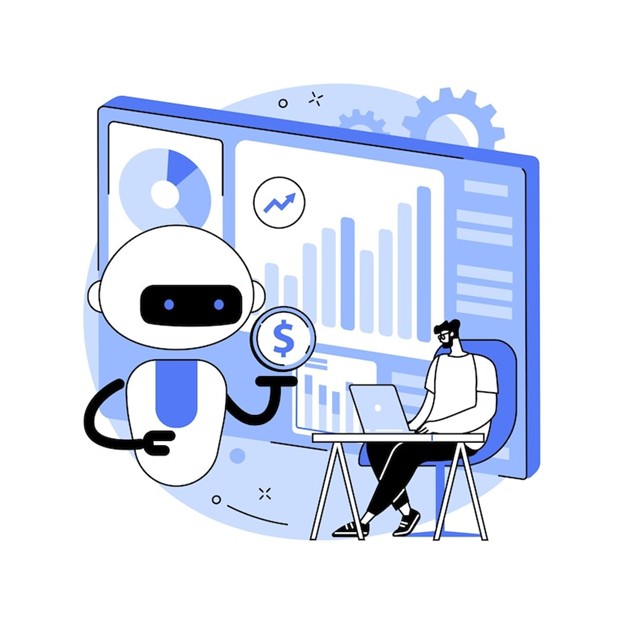
22. Chatbot API
A chatbot API allows developers to integrate a chatbot into third-party applications, services, or platforms. APIs enable chatbots to interact with external databases, CRMs, or other systems, allowing for more dynamic and personalized responses based on real-time data.
23. Voicebot
A voicebot is a chatbot designed to interact with users through voice commands rather than text. Powered by speech recognition technology, voicebots are commonly used in virtual assistants like Alexa, Siri, and Google Assistant. They are equipped to understand spoken language and respond audibly, making them useful for hands-free operations and smart devices.
24. Scripted Bot
A scripted bot relies on pre-written scripts and workflows to handle user interactions. Unlike AI bots, scripted bots do not have the ability to learn from previous conversations. They are suitable for handling repetitive tasks, FAQs, and straightforward requests where no complex decision-making is required.
25. Conversational Interface
A conversational interface is the medium through which users interact with a chatbot. This can be either text-based or voice-based and aims to replicate human conversation, making interactions feel intuitive and natural. A good conversational interface supports natural language, allows for easy navigation, and minimizes friction for the user.
26. Hybrid Bot
A hybrid bot combines the strengths of rule-based and AI-driven approaches. It uses predefined scripts for simpler tasks but can switch to AI when needed for more complex interactions. This allows businesses to automate common processes while still providing more sophisticated support when necessary.
27. AI Agent
An AI Agent is an advanced form of chatbot powered by artificial intelligence technologies like machine learning, natural language processing (NLP), and deep learning. Unlike traditional rule-based bots, AI agents are capable of learning from interactions, understanding complex user intents, and delivering contextual, human-like responses. They can handle multi-turn conversations, make decisions based on previous interactions, and even escalate to human agents when necessary. AI agents are designed to simulate real human interactions, making them highly effective for customer service, lead generation, and support automation.
At Sobot, the AI Agent goes beyond basic automation to deliver smart, seamless, and scalable customer engagement. Sobot’s AI Agent combines NLP, intent recognition, and contextual understanding to offer intelligent conversations across multiple channels. With deep learning capabilities, it continually improves over time, ensuring more personalized and efficient interactions. Whether you’re looking to enhance user experience or reduce operational costs, Sobot’s AI solution is built to empower your business.
Conclusion
The chatbot ecosystem is evolving rapidly, and understanding these key terminologies is crucial for anyone looking to build, manage, or optimize chatbot experiences. From AI-powered interactions to conversational design and multilingual support, each term plays a role in shaping smarter, faster, and more human-like virtual assistants.
If you’re ready to put this knowledge into action and enhance your customer experience, Sobot is here to help. As a leading AI chatbot solution, Sobot offers intuitive tools, intelligent automation, and multilingual support—perfect for businesses that want to stay ahead in the digital support game.
FAQs
Can you list some common chatbot applications?
Sobot chatbot can independently answer customers’ common questions or offer self-service, and it can also help human agents efficiently serve customers by giving Q&A reference.
Some chatbot applications in various industries are as follow:
Retail and ecommerce : Product query and personalized recommendation in pre-sales stage; logistics query, invoice issue, refunding in after-sales stage.
Finance : Account management, financial product recommendation, loan service.
Gaming and entertainment: Account information query, bug reporting, player feedback collection.
Healthcare: Appointment, navigation, initial disease diagnosis.
Education: Admission consultation, course query and tutor query.
What’s the core technology of Sobot’s chatbot? Is it supported by the latest ChatGPT technology?
With NLP as its core technology, Sobot AI chatbot has become increasingly mature in underlying models and abundant in Q&A corpus after 10 year’s development.
Sobot chatbot also combines the emerging LLM technology of ChatGPT.
Currently, Sobot supports enterprises to upload knowledge documents and allows chatbot to learn independently to serve customers.
Therefore, you can also call it “AI Agent”.
How do you charge for Sobot Chatbot? Can I have a free trial?
The pricing of Sobot Chatbot varies according to different versions and number of conversations.
We support a 15-day free trial . You can click on the online consultation at the lower right corner and apply for a demo meeting, and then we will give you a customized solution based on the status quo of your business and knowledge base.

